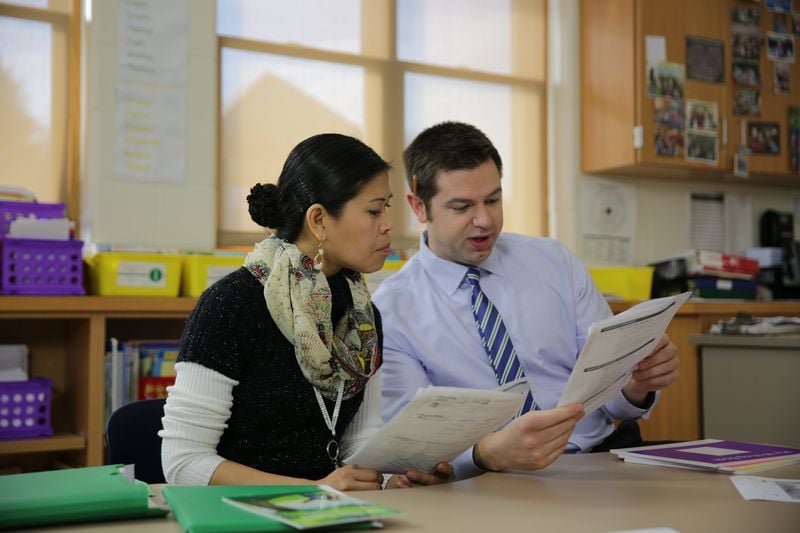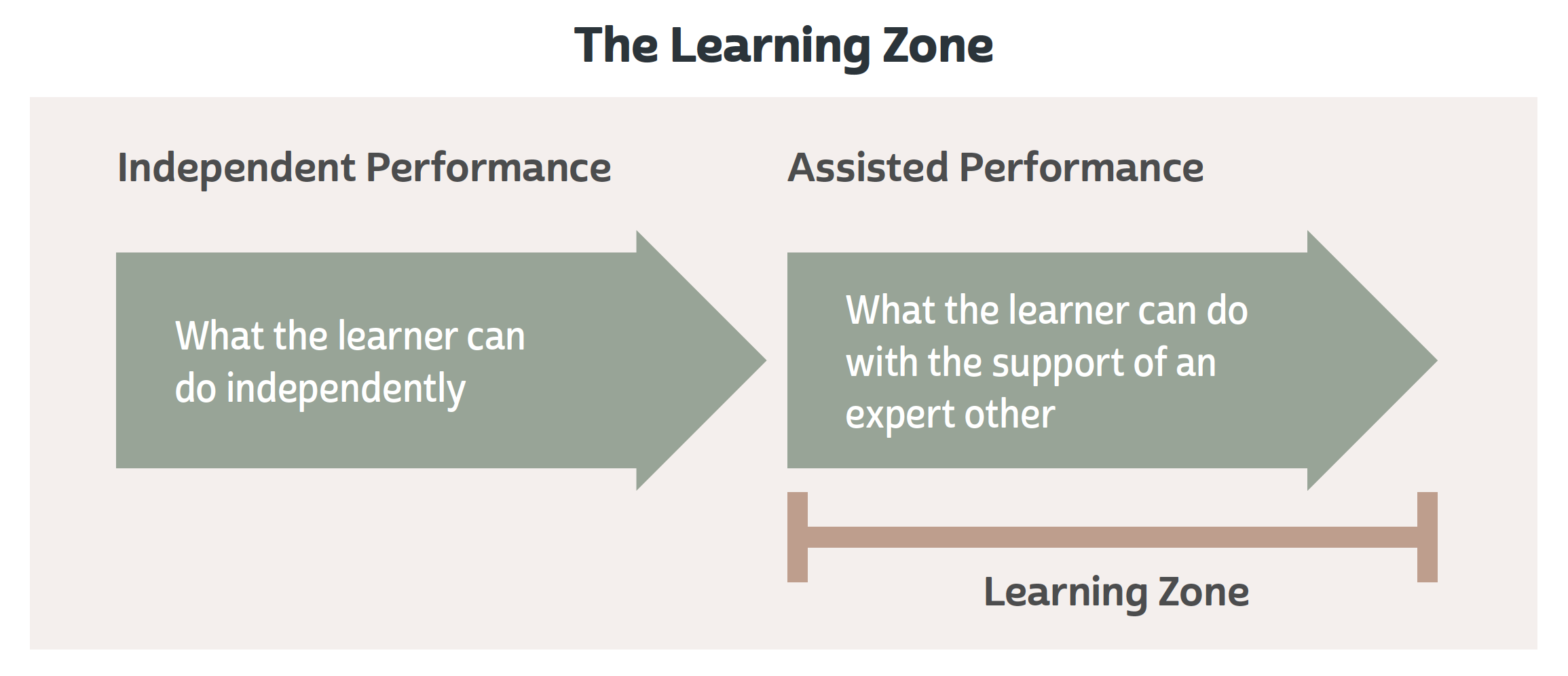
This is the fourth in a series of blogs about The Fountas & Pinnell Literacy Continuum. This blog focuses on helpful tips to get started with The Literacy Continuum. Read on to learn more.
The Literacy Continuum is the essential tool for selecting texts and for understanding the reading behaviors to notice, teach for, and support. This indispensable literacy tool identifies the behaviors that demonstrate thinking and understanding within, beyond, and about a text. The Literacy Continuum provides a way to look for specific evidence of learning from prekindergarten through grade eight, and across eight instructional contexts: Interactive Read-Aloud, Shared and Performance Reading, Writing About Reading, Writing, Oral and Visual Communication, Technological Communication, Phonics, Spelling, and Word Study, and Guided Reading. Each instructional context contributes substantially, in different but complementary ways, to students’ development of the literacy process.
The Literacy Continuum is the curriculum tool to base your literacy-rich assessment, planning, and teaching around. With so many pages of critical information, how do you get started? How can you use The Literacy Continuum to its upmost potential? And how can you begin to understand the workings of its many pages? As the fourth blog in The Literacy Continuum series (find the links to the other blogs in the series at the bottom of this post), consider these six suggestions for familiarizing yourself with this powerful resource and for beginning to incorporate it into your daily and weekly planning, teaching, reflection, and collaborative conversations with colleagues.

1. Read the introduction.
The introduction to The Literacy Continuum clearly lays out:
- The content of The Literacy Continuum
- Principles that underpin the design and content of The Literacy Continuum across instructional contexts
- The organizational structure of The Literacy Continuum
- Ways that The Literacy Continuum offers guidance for district personnel, administrators, and teachers
It provides the theoretical and practical foundation that you need to navigate the abundance of bulleted text characteristics and behavioral goals that make up this invaluable tool.
2. Read the introduction to each instructional context.
Each of the eight continua begins with an introduction that describes texts and teaching in each instructional context. As you work with your colleagues to move towards a coherent and shared theory of literacy learning, these sections will help you to solidify your vision and define your vocabulary for teaching and learning.
3. Focus on the grade level you teach.
The content of The Literacy Continuum spans prekindergarten through grade eight and beyond. After you have read the introductory portion of a specific continua, find the pages that pertain to the grade level you teach. Carefully peruse those pages to get a sense for the texts and opportunities for new learning within that particular continua. Next look through the behaviors to notice, teach for and support. Consider your students as you do this:
- Which behaviors are most of them already able to demonstrate?
- What can most members of the group almost do?

Let The Literacy Continuum guide you towards understanding more about their collective and individual zone of proximal development.
4. Glance at the grade level or text level below and ahead.
Whether you are you are new to a grade level or just new to using this tool, The Literacy Continuum can help you understand where students are coming from and where they are going next. The Literacy Continuum is designed to answer the question, “What can my students already do?” and “What do they need to learn next?” Fountas and Pinnell believe that learning is most powerful when teachers can help students build on what is already known. The goal is always to meet students where they are and to move them forward in their development. Depending on the range of learners in your classroom, you may need to look at the grade level below or above as you consider the strengths of each student.
5. Explore how the Guided Reading section is similar to and different from other continua.
The Guided Reading continua is unique in many ways:
- The Guided Reading continua is organized by text level rather than by grade level. Guided reading is the only context in which teachers use the F&P Text Level Gradient™ as a support for choosing appropriate instructional level texts for small groups of readers.
- The Guided Reading continua can aid in the process of selecting texts for guided reading lessons. Detailed descriptions of the text characteristics that are found at each text level, A-Z, are provided to help you gauge the challenges readers will meet across each reading level.
- The Guided Reading continua can help you understand the expectations for readers at each unique reading level. The demands of texts increase per text level, and the Guided Reading continua outlines how. You might use this information to select guided reading groups, plan out an introduction to the text, guide interactions with individual readers, discuss the meaning of the text, revisit the text to do some specific teaching, plan word work activities, and plan writing, drawing, or discussion activities to support students in engaging in deeper ways of thinking about texts.
- The Guided Reading continua provides suggestions for phonics and word work. You may wish to use the continua to plan appropriate phonics and word work that aligns with the types of words, sounds, and letters that students are reading at certain reading levels. Specific activities and examples are provided per each text level for your use. The following is one (of many) word work example found at text level N, “Take apart words with a variety of endings (calendars/calendar; chewing, chewed/chew; neatest, neater/neat) and discuss how various endings change a word’s meaning or function."
6. Explore this text with your learning community.
We know that learning experiences are stronger and more fun when they are social and constructive. When you choose to use the suggestions above, invite colleagues to join you. Use these suggestions as a starting point, but don’t stop there. You will find that the following resources will compliment your exploration and guide you towards effectively integrating The Literacy Continuum >into your daily practice.
Free Webinar: Instructional Coherence: Maximizing the Power of The Fountas & Pinnell Literacy Continuum
Free Webinar: A Deeper Dive into The Fountas & Pinnell Literacy Continuum, Expanded Edition


~The Fountas & Pinnell Literacy™ Team
Read the rest of our series on The Literacy Continuum:
How Does The Literacy Continuum Support Teachers of Reading?
What are the Systems of Strategic Actions?
Who Can Benefit from The Literacy Continuum?



